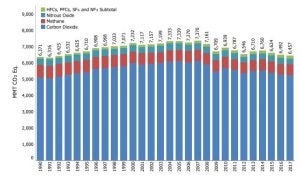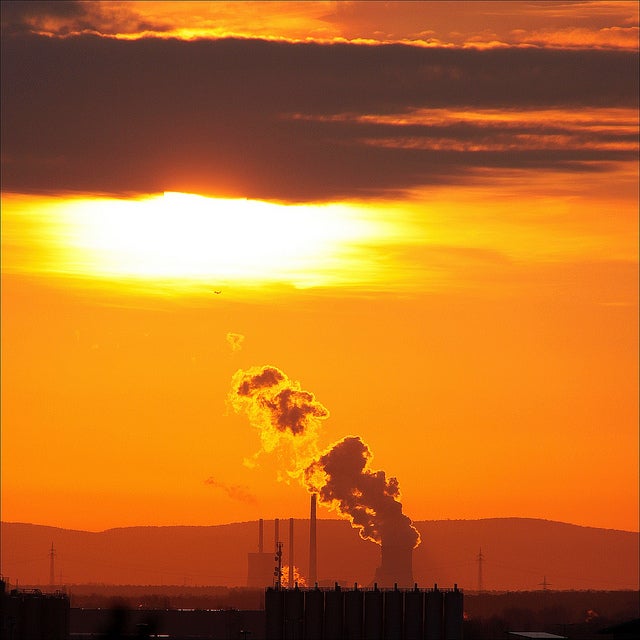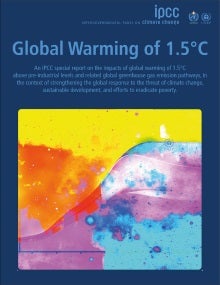Scientists around the world are telling us, in no uncertain terms, that we – as in humankind — have little time left to avert the worst impacts of climate change. Those include: widespread coastal and riverine inundation, stronger storms and wildfires; new disease vectors; agricultural and other economic disruption. That is the reality and scope of the challenge we face.
There are, of course, things we can do — things we must do – to respond to the climate crisis, both to learn more about its causes and consequences and to activate solutions to prevent as much damage as possible.
Those solutions, for the most part, fit into four areas: investment, innovation and technology; science and research; mitigation, adaptation and relief; and policy. An intransigent and shortsighted White House has made the achievement of any significant policy gains difficult in the short term. Now, the latest federal budget proposed by the Trump Administration has sought to undercut those other three potential progress areas, exacerbating America’s susceptibility to climate disaster and running down the clock on desperately needed action.













 2018 brought with it a torrent of stories that now shape the world we live in and will shape 2019 and years to come.
2018 brought with it a torrent of stories that now shape the world we live in and will shape 2019 and years to come. Co-escrito por
Co-escrito por